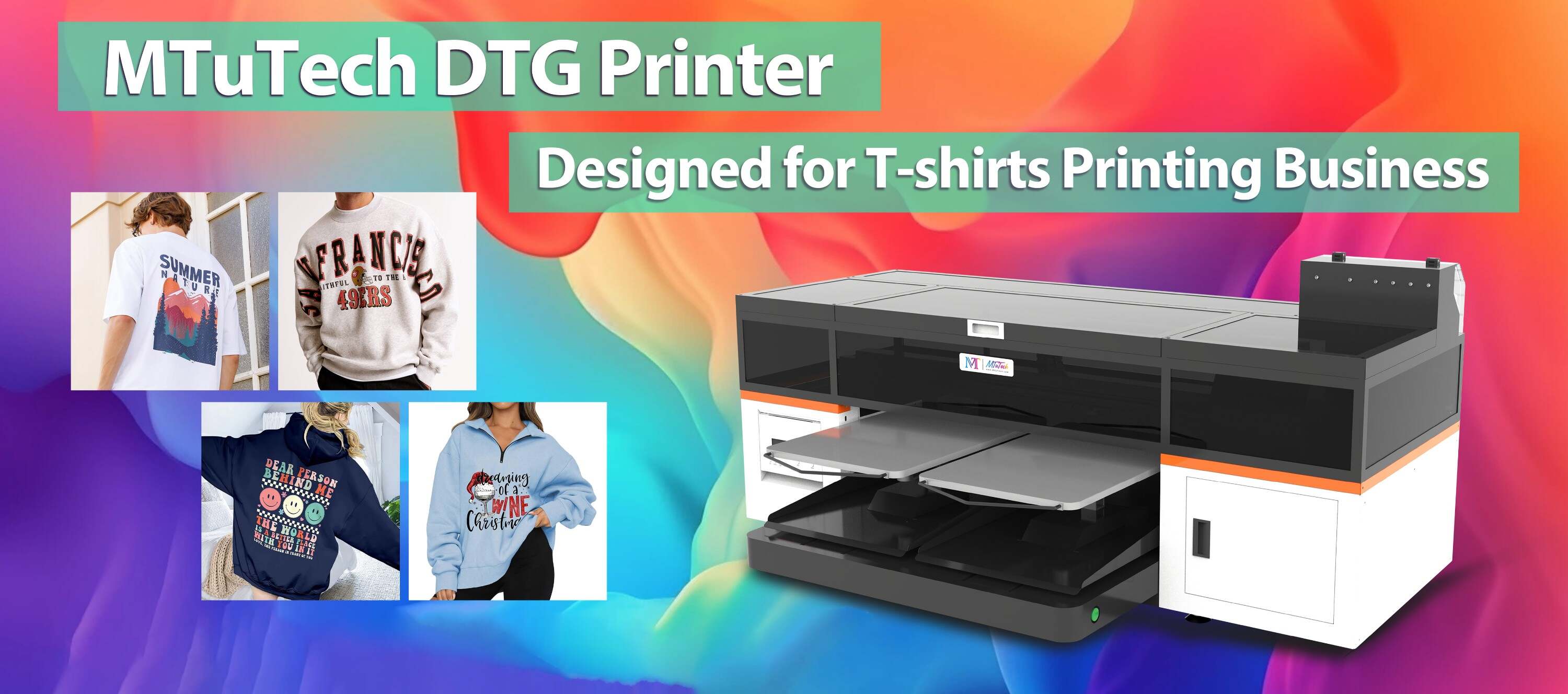 Introduction
Introduction
Your DTG printer may be powerful, but it’s the RIP (Raster Image Processor) software that determines how your design is translated into an actual print. From white ink control to color vibrancy, RIP software plays a central role in quality and efficiency. In this blog, we’ll break down what RIP software does, why it matters, and how to choose the best one for your DTG printing business.
What Is RIP Software?
RIP software prepares your artwork for printing by converting files into readable formats for the printer. It handles:
- Color management and ink limits
- White ink layering and underbase
- Print placement and image scaling
- File types and transparency support
Top RIP Features to Look For
- White Ink Management : Control opacity, density, and underbase
- ICC Profile Support : Ensure color accuracy based on garment type
- Queue Management : Batch and organize multiple print jobs
- Preview and Simulation Tools : View how designs will appear on the final product
Popular RIP Software for DTG
- Kothari Print Pro : Excellent color control, used in high-end industrial setups
- Cadlink Digital Factory : Great for mid-size operations; very user-friendly
- AnaRIP : Simpler interface, best for small shops and beginners
Factors When Choosing a RIP
- Compatibility : Ensure it supports your specific printer model
- Support & Updates : Look for ongoing development and customer service
- Ease of Use : Choose a system that matches your skill level and workflow needs
Conclusion
Your DTG printer is only as powerful as the software behind it. Choosing the right RIP gives you better control over quality, speed, and consistency. Invest in the best solution for your needs—and unlock your printer’s full potential.
Maximize your output with our advanced DTG printer systems — designed for peak performance with top RIP software.
